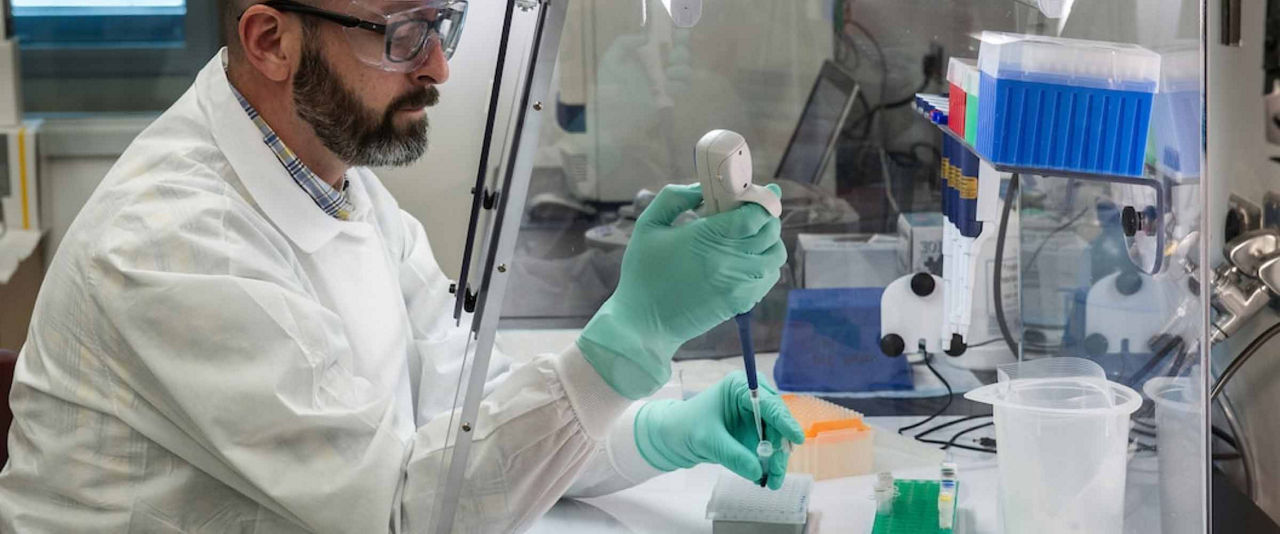 Animal models play a critical role in studying a variety of infectious diseases, from lyme to influenza and salmonella, and selecting an appropriate model system for each is key. Both immunocompetent and immunodeficient mice have a role to play in infectious disease studies.
Animal models play a critical role in studying a variety of infectious diseases, from lyme to influenza and salmonella, and selecting an appropriate model system for each is key. Both immunocompetent and immunodeficient mice have a role to play in infectious disease studies.
Inbred Mouse Models
Inbred, immunocompetent mice are often chosen for infectious disease studies, and different inbred strains can show varying susceptibility to a particular virus, parasite, or bacterium. Investigations of these differences have led to an understanding of the genetic determinants of host response to infection.Inbred mice have a number of experimental advantages:
- Individual mice from the same inbred strain are genetically identical to each other
- Most inbred strains have a normally-functioning immune system
- Widespread availability
- Widely used, with rich literature base
- Lower cost
Immunodeficient Mouse Models
Immunodeficient mice are commonly used in conjunction with inbred, immunocompetent mice of the same strain background in order to tease out the mechanisms involved in host resistance to infection. For example, it may be useful to compare infection in a C57BL/6 inbred mouse, a mouse on the same background which lacks T cells or B cells, or a mouse on the same background which lacks interferon gamma.Super immunodeficient mice may be engrafted with a humanized immune system, permitting study of human-specific diseases such as HIV. HIV only infects human T cells, so modeling it in a normal wild type mouse is not possible. By engrafting human T cells into a super immunodeficient mouse such as the NOG, the humanized immune system mouse can now serve as a small animal HIV model.
Animal Models for Common Infectious Diseases
The table below details the susceptibility of common inbred strains to several bacterial and viral agents, which may be useful in designing infectious disease studies.Susceptibility of Common Strains to Infection
| Infectious Disease | Sensitive/Commonly Used | Resistant |
| Tuberculosis (intravenous or inhalation) | DBA2, C3H | BALB/c, C57BL/6 |
| Zika virus | SJL | C57BL/6 |
| Salmonella | BALB/c, C57BL/6, C3H — most susceptible; DBA2 somewhat susceptible | 129S6, B6129F1, A/J |
| Anthrax | DBA2, C3H most susceptible; BALB/c, C57BL/6 somewhat susceptible | CBA, DBA2, FVB |
| Influenza | BALB/c, C57BL/6 (requires adaptation of virus to the mouse); DBA2 is highly sensitive and does not require adaptation | |
| Lyme Borrelliosis | SJL, C3H, C57BL/6 |
















.jpg)

.jpg)
.jpg)
.jpg)
.jpg)





.jpg)


.jpg)
.jpg)




.jpg)




.jpg)

.jpg)



